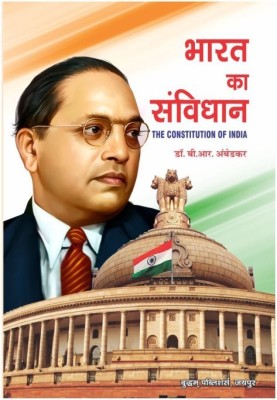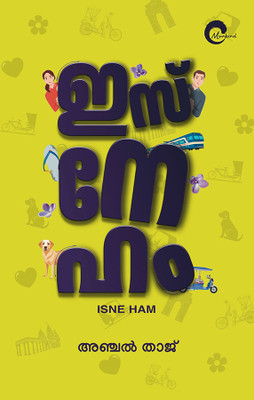
Lexical Semantics (English, Paperback, Source Wikipedia)
Price: Not Available
Currently Unavailable
Highlights
- Language: English
- Binding: Paperback
- Publisher: Books LLC, Wiki Series
- ISBN: 9781156520338, 1156520339
- Edition: 2010
- Pages: 58
Description
Please note that the content of this book primarily consists of articles available from Wikipedia or other free sources online. Pages: 56. Chapters: Lexical units, Vocabulary, Word sense disambiguation, Lexicography, Synonym, Idiom, Affix, Lexeme, Prefix, Lexicon, Opposite, Homonym, Polysemy, Hyponymy, Lojban grammar, Gender of connectors and fasteners, Estonian vocabulary, Part-of-speech tagging, Phrasal verb, Automatic Acquisition of Sense-Tagged Corpora, Lemma, Root, Flocabulary, Collocation, List of collective nouns by collective term A-K, Irregardless, Lesk algorithm, Yarowsky algorithm, Differences between American and British English, Suffix, Either, National Vocabulary Championship, Word sense induction, Interim, Generative Lexicon, Ghost word, Lexical substitution, Lexical item, Bootstrapping, Umbrella term, Confix, Tai tai, Turkey shoot, Meronymy, Troponymy, Predicate transfer, Holonymy, Multi-word verb, Lexical chain, Postbase, Petro-, Denotat. Excerpt: Lojban is a constructed, human-speakable and (theoretically) machine-speakable language, based on predicate logic. It is one of the latest languages, designed in 1987 with most of its grammar from Loglan and some features from Laadan. Most of its root words are derived from the 6 widely spoken natural languages, Arabic, Chinese, English, Hindi, Russian, and Spanish. The characteristic regularity, unambiguity, and versatility of Lojban grammar owes much to the fact that its creation followed the development of scientific linguistics and computer programming, the fruits of which Esperanto and Loglan could not have drawn on as their design principles. Its linguistic advantage can be summarized as follows: Lojban moves beyond the restrictions of European grammar. It overtly incorporates linguistic universals, building in what is needed to support the expressivity of the whole variety of natural languages, including non-European ones. 6 vowels and 21 consonants exist in Lojban. The phonemes are to be comm...
Read More
Specifications
Book Details
| Imprint |
|
| Publication Year |
|
| Table of Contents |
|
Dimensions
| Width |
|
| Height |
|
| Length |
|
| Weight |
|
Have doubts regarding this product?
Safe and Secure Payments.Easy returns.100% Authentic products.
Back to top






